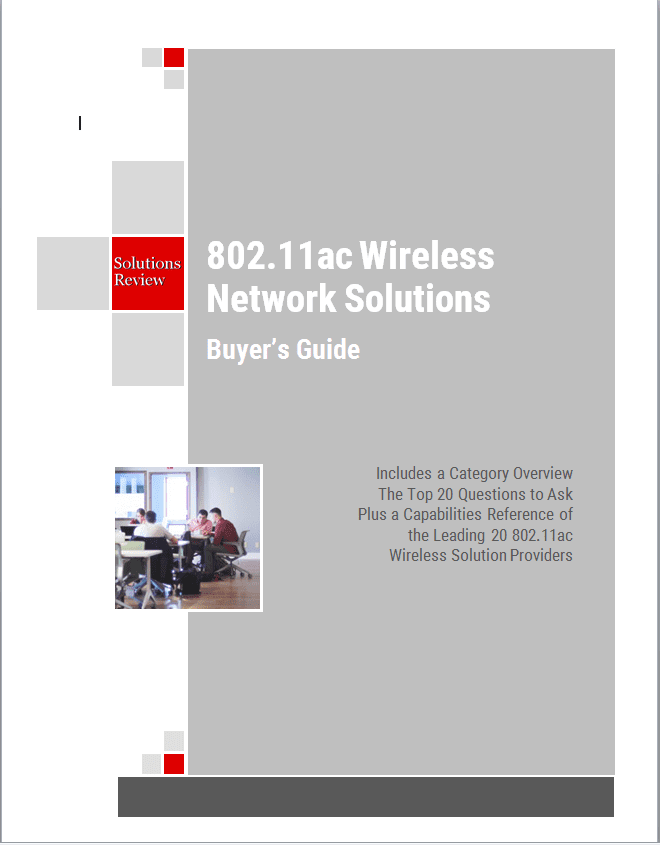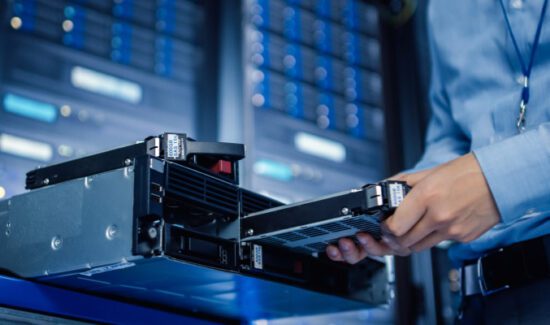D-Link Announces Series of Managed Gigabit Switches

 D-Link just launched its new DGS-3630 series of managed gigabit switches featuring 10/100/1000 RJ50 ports, ports and 10 GbE SFP+ ports. Directly out of the box, the new DGS-3630 includes the standard image (SI) software, supporting essential functionality including L2 switching, entry-level routing, L2 multicast, operations, administration and maintenance (OAM) and security features.
D-Link just launched its new DGS-3630 series of managed gigabit switches featuring 10/100/1000 RJ50 ports, ports and 10 GbE SFP+ ports. Directly out of the box, the new DGS-3630 includes the standard image (SI) software, supporting essential functionality including L2 switching, entry-level routing, L2 multicast, operations, administration and maintenance (OAM) and security features.
These new switches have the option for being upgraded to Enhanced Image (EI) software using separately ordered license upgrades, which adds support for full L3 routing for enterprise integration, including OSPF, BGP, VRF-lite and L3 MultiCast. The devices are configured with a intuitive graphical user interface, and can also be configured using a familiar, industry standard command line interface as well.
Each of the switches support two console ports for CLI configuration, management and monitoring – the switches feature an RJ45 port to connect with DB9 connector on a PC/Laptop serial port (cable included).
The switches also have an IP-based management port for Telnet, web, or SNMP management, that can be used to configure the D-Link switch without being connected to a network.
D-Link’s new series has the ability to support up to nine physical switches in a stack, which allows you to simplify network management, and stacking also provides fault tolerance and increases network reliability. The series also also offers a switch resource management feature that gives you a large number of resources that can be distributed and optimize as needed by applications.
The DGS-3630 includes resource configuration flexibility that gives users the ability to allocate resources for tables that require more entries and prevents wasting resourcing on unused functions. The DGS-3630 series switches provide a complete set of security features including multi-layer Access Control Lists (ACLs) and 802.1X user authentication via TACACS+ and RADIUS. They also offer extensive VLAN support, including GVRP and 802.1Q VLAN to enhance security and performance.
These switches are able to integrate into existing infrastructure and can scale with ease to meet any future demands you may have. D-Link’s switch can support stacking technology, which combines multiple to form one single physical or virtual stack.




















